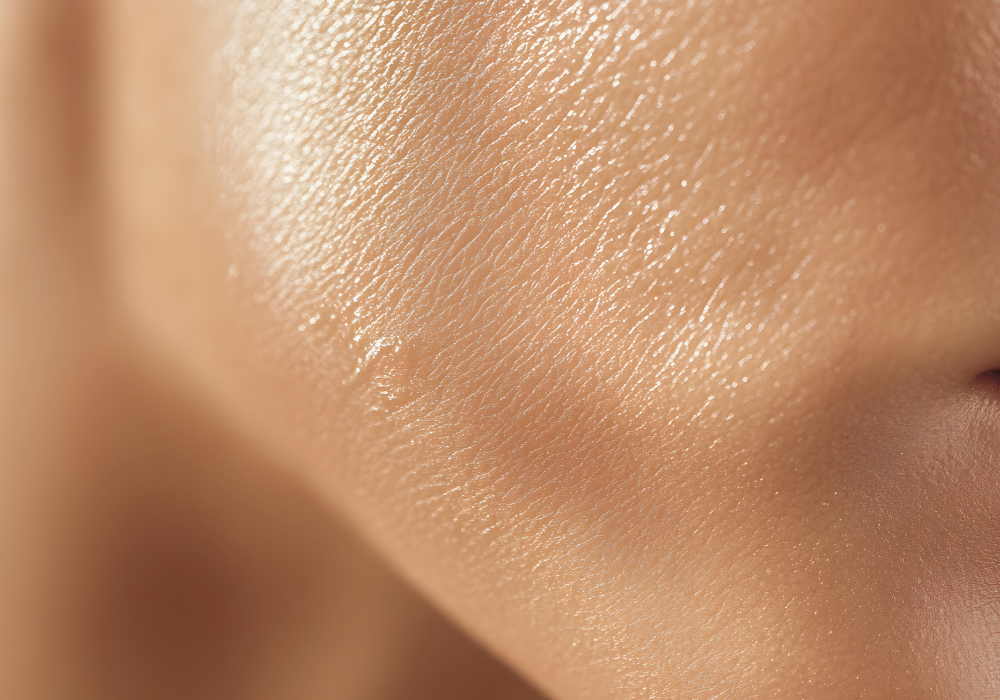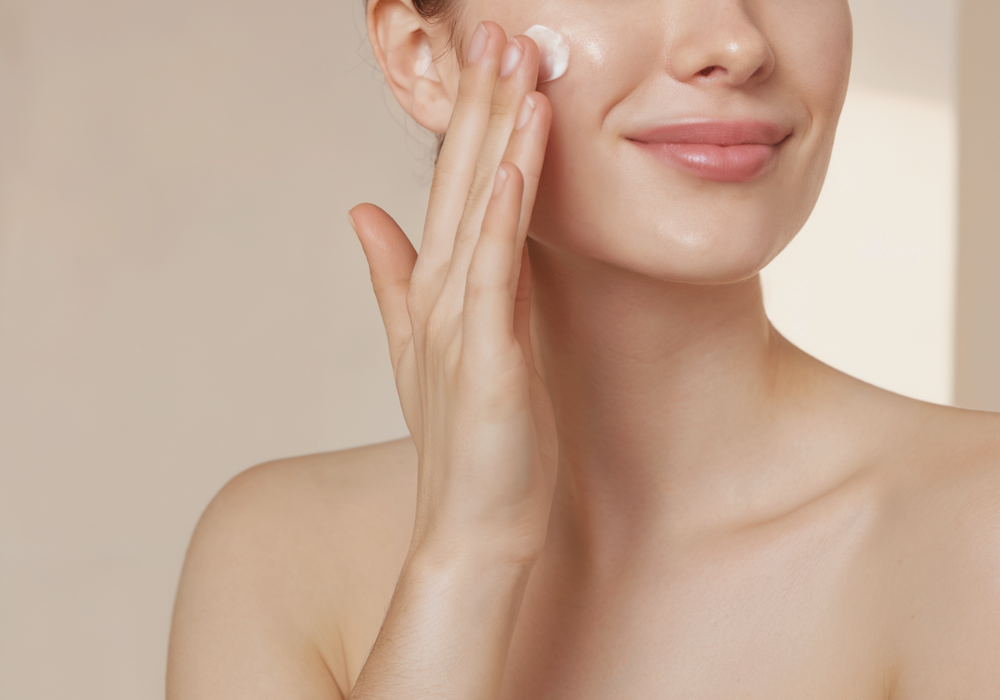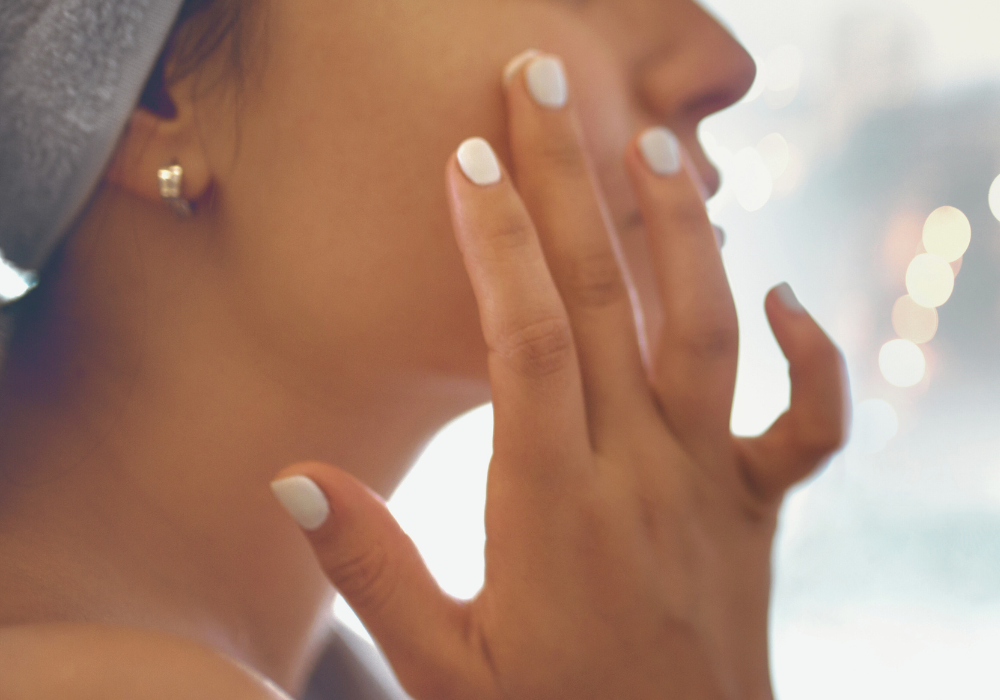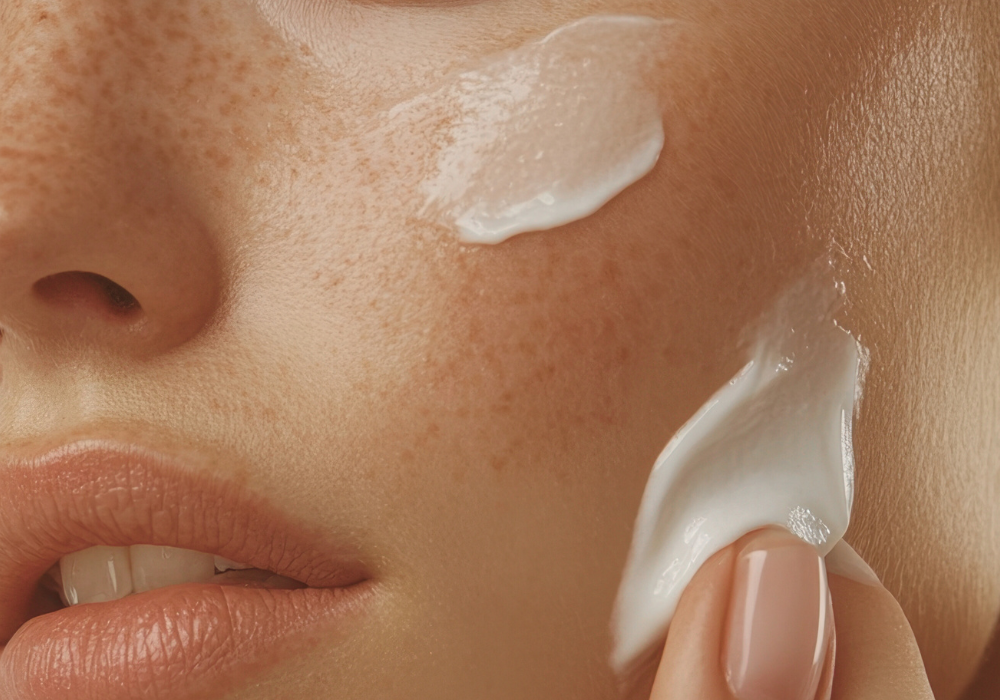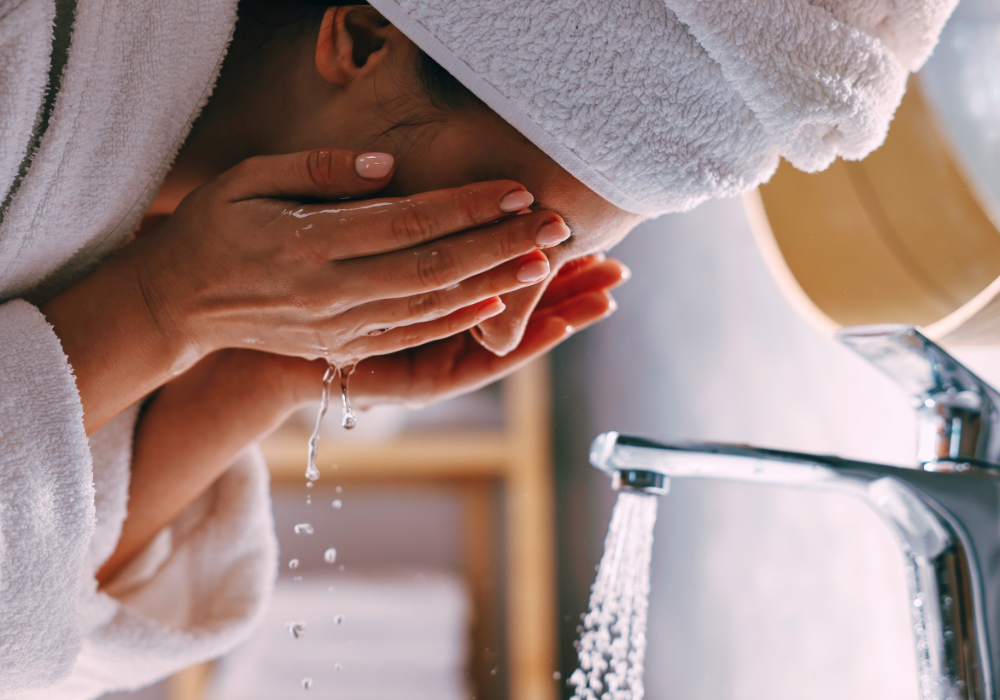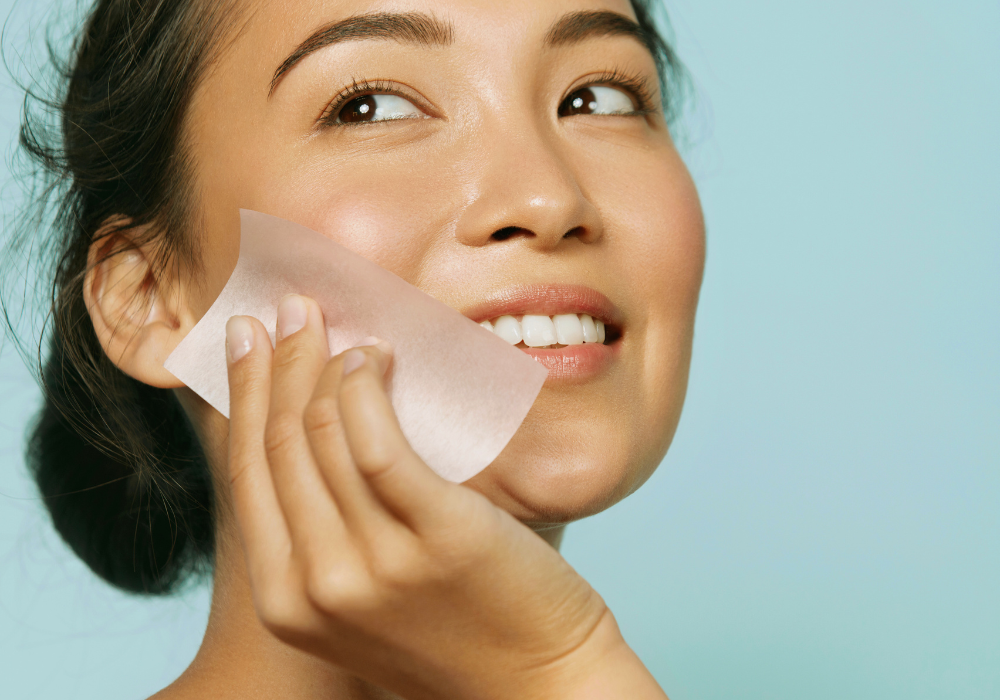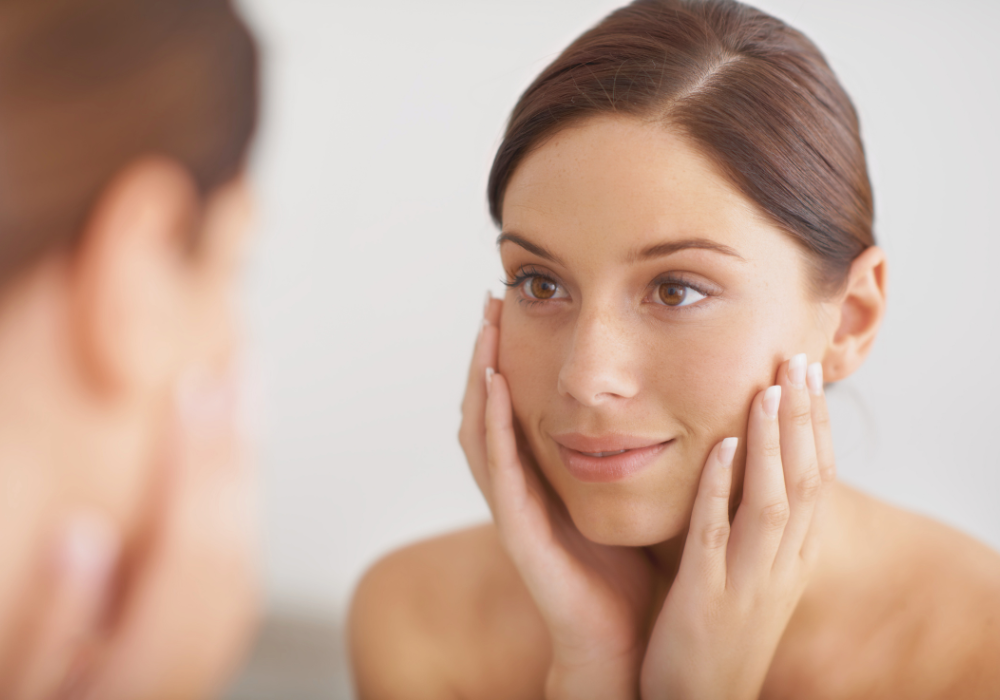Comprehensive data compiled from extensive research on men's skincare behavior, market trends, and science-backed routine effectiveness
The men's skincare landscape has transformed from basic shaving products to comprehensive skin health practices backed by scientific research. Modern approaches prioritize science-backed formulations that address biological differences in male skin through simplified, multifunctional products like the exfoliating daily cleanser. This shift reflects changing attitudes toward skincare as essential health maintenance rather than optional grooming.
Key Takeaways
-
Routine adherence drives measurable outcomes - Men who follow consistent skincare routines report 45% fewer skin concerns compared to irregular users, with noticeable improvements appearing within 4-8 weeks of daily application
-
Improper cleansing remains widespread - 60% of men do not wash their faces properly, with over half using hand soap that disrupts skin's natural pH balance and increases oil production through barrier damage
-
Market growth reflects behavioral shifts - The global men's skincare market is expanding from $17.6 billion in 2025 to $37.3 billion, driven by 857% increases in skincare routine search volume indicating rapidly growing consumer interest
-
Younger demographics lead adoption - Gen Z men demonstrate highest engagement at 68% regular facial product usage in 2024, up from 42% in 2022, establishing skincare as normalized self-care practice
-
Simplification improves compliance - Consumer satisfaction averages 78% and increases with clear instructions and streamlined routines, supporting multifunctional product approaches that deliver multiple benefits in single steps
-
Premium quality gains traction - Over 40% of men aged 18-34 purchase premium facial moisturizers, with average annual skincare spending reaching $492 as quality consciousness replaces generic product usage
-
Science-backed ingredients matter - Growing awareness of hydroxy acids, hyaluronic acid, and pH-balanced formulations drives preference for dermatologically tested products over traditional harsh soaps
-
Consistent use delivers long-term health - Regular skincare routines improve skin quality over time, while daily sunscreen application reduces squamous cell carcinoma risk by about 40%
The Rise of Men's Grooming: Key Market Statistics
1. Men's skincare market projected to grow from $17.6 billion to $37.3 billion
The global men's skincare market is expanding dramatically from approximately $17.6 billion in 2025 to $37.3 billion, reflecting fundamental shifts in how men approach skin health. This growth indicates skincare has transitioned from niche interest to mainstream practice across demographics and geographies. The market expansion correlates with increased consumer education about skin biology, rising awareness of preventative care, and cultural normalization of self-care practices for all genders. Competition within this growing market drives innovation in multifunctional formulations that simplify routines while delivering science-backed results. Source: Trilogy Laboratories
2. Search volume for "men skincare routine" increases 857%
Consumer interest in men's skincare routines has surged with search volume increasing by 857%, demonstrating rapidly growing awareness and active research behavior. This dramatic increase reflects men seeking educational content about proper skincare practices rather than relying on traditional assumptions or marketing claims. The search behavior indicates desire for evidence-based guidance on routine construction, product selection, and realistic outcome expectations. Men are moving beyond passive product consumption toward informed decision-making based on ingredient understanding and scientific validation. Source: Accio Innovation in Men's Skincare Trend Report
3. Men's skincare category growing at 8% compound annual growth rate
The men's skincare category maintains a consistent compound annual growth rate of 8%, with offline channels currently holding the largest market share despite digital expansion. This sustained growth rate exceeds general skincare market averages, indicating the men's segment represents one of the industry's fastest-expanding categories. The growth creates competitive pricing pressure and increased product innovation as brands compete for market share. Subscription models and direct-to-consumer approaches gain traction within this expanding market structure. Source: Technavio Men's Skincare Products Market Report
Daily Routine Adherence and Behavioral Patterns
4. 62% of men now follow daily skincare routines
Daily skincare routine adoption has reached 62% among men, representing significant increase from previous years and indicating mainstreaming of skin health practices. This majority adoption reflects a cultural shift where skincare is recognized as essential maintenance rather than optional grooming. The 62% figure varies by age demographic, with younger men demonstrating higher consistency rates. Men following daily routines report tangible benefits including improved skin texture, reduced irritation, and enhanced confidence related to appearance. Organizations that embrace this behavioral shift through targeted education and simplified product offerings align with a growing consumer base. Source: Market.us Skincare Statistics
5. Gen Z men lead adoption at 68% regular usage, up from 42% in 2022
Gen Z men aged 18-24 demonstrate highest skincare engagement at 68% reporting regular use of facial skincare products in 2024, marking a substantial increase from 42% in 2022. This 26-percentage-point jump in two years establishes younger demographics as the driving force behind market transformation. Gen Z approaches skincare as normalized self-care practice integrated into daily health routines, influenced by social media education and peer normalization. This generational difference predicts continued market expansion as younger consumers maintain habits into higher earning years. Brands positioning for this demographic prioritize transparency, ingredient education, and simplified routines over traditional masculine marketing approaches. Source: Trilogy Laboratories Men's Skin Care Market Growth Report
6. Consistent routines deliver 45% fewer skin concerns
Men who follow consistent skincare routines report 45% fewer skin concerns compared to those with irregular routines, establishing direct correlation between adherence and outcomes. This reduction encompasses issues including dryness, excessive oiliness, breakouts, irritation, and uneven texture. The 45% improvement demonstrates that routine consistency matters as much as product selection, with regular application enabling ingredients to maintain skin barrier function effectively. Irregular usage prevents ingredients from building sustained benefits, limiting effectiveness regardless of product quality. This statistic supports simplified routine approaches where fewer high-quality steps maintain higher compliance than complex multi-step protocols with lower adherence. Source: Tricoci University Skincare Industry Statistics
What the Data Reveals About Effective Routines
7. Visible improvements appear within 4-8 weeks of consistent use
It takes approximately 4-8 weeks of consistent product use to see noticeable improvements in skin texture and appearance for most men, aligning with natural skin cell turnover cycles. This timeframe manages realistic expectations while encouraging sufficient trial period before evaluating product effectiveness. The 4-8 week window applies to addressing concerns like hydration, texture refinement, and complexion brightness. Premature product switching before this period prevents accurate efficacy assessment and leads to ineffective routine cycling. Men who maintain consistent application through this initial period report higher satisfaction and better long-term results. The timeframe supports lightweight formulas that encourage daily compliance through comfortable textures and efficient absorption. Source: PubMed Central
8. 60% of men don't wash faces properly, over half use hand soap
60% of men do not wash their faces properly, with over half using hand soap when they do, which disrupts skin's natural pH balance and damages protective barriers. Hand soap formulations typically have alkaline pH levels of 9-10, significantly higher than skin's natural pH of 4.5-5.5, causing barrier disruption and compensatory oil production. This improper cleansing contributes to common complaints including excessive oiliness, dryness, irritation, and breakouts that men attribute to skin type rather than product choice. The statistic reveals a massive education gap and opportunity for improvement through proper cleansing products formulated at skin's natural pH. Science-backed cleansers with balanced pH and gentle surfactants remove impurities without stripping skin, addressing root cause rather than symptoms. The exfoliating daily cleanser formulated at pH 4.5-5.5 provides proper facial cleansing for all skin types. Source: Tricoci University Skincare Industry Statistics
Purchase Behavior and Product Selection Trends
9. Men spend average of $492 annually on skincare products
On average, men spend approximately $492 annually on skincare products, with those aged 18-34 showing higher willingness to purchase premium products over generic alternatives. This spending level indicates skincare has become a meaningful category in personal care budgets rather than occasional purchase. The $492 average represents a mix of price points and purchase frequencies, with younger demographics skewing toward quality over quantity. Men increasingly view skincare spending as a health investment rather than discretionary expense, paralleling attitudes toward fitness and nutrition. This spending behavior supports premium product positioning when quality, efficacy, and convenience justify price points. Subscription models that deliver approximately 2-month supply at competitive pricing align with purchase cycle preferences. Source: Tricoci University Skincare Industry Statistics
10. Over 40% of men aged 18-34 purchase premium facial moisturizers
Over 40% of men aged 18-34 purchase premium facial moisturizers, reflecting a trend toward higher-quality skincare products rather than mass-market alternatives. This premium adoption rate among younger men contrasts with older demographics' price sensitivity, indicating shifting value perception. Men purchasing premium products prioritize ingredient quality, scientific validation, and multifunctional benefits over simple price comparison. The 40% figure demonstrates a substantial market segment willing to invest in products delivering proven results through advanced formulations. Premium positioning succeeds when products clearly communicate science-backed benefits and deliver visible outcomes justifying higher price points. Source: Trilogy Laboratories Men's Skin Care Market Growth Report
11. Only a minority of U.S. men use sunscreen consistently
Only a minority of U.S. men report always using sunscreen when outside on a sunny day, though awareness is growing. This low adoption rate persists despite education about skin cancer risk and premature aging prevention through daily SPF application. Men have higher skin cancer incidence and mortality; by age 65, men are about twice as likely to develop melanoma as women, and by age 80, about three times as likely. This elevated risk makes daily sunscreen application a critical health practice beyond cosmetic concern. Morning routines should conclude with broad-spectrum SPF 30+ as the final step after cleansing and moisturizing. Source: Holman DM et al., J Am Acad Dermatol. 2015;73(1):83-92
Simplification and Routine Compliance
12. Consumer satisfaction averages 78% with higher ratings for clear instructions
Consumer satisfaction rates for men's skincare products average 78%, with higher satisfaction linked to products with clear instructions and gender-specific formulations. This satisfaction level indicates general contentment while revealing a 22% dissatisfaction gap often stemming from unclear usage guidance or unmet expectations. Men respond positively to straightforward application instructions and realistic timeframe communication rather than ambiguous marketing claims. Gender-specific formulations addressing male skin biology factors including thickness, oil production, and shaving impact deliver higher satisfaction than generic products. Satisfaction increases when products deliver stated benefits within communicated timeframes through consistent use. The charged hyaluronic acid technology in multifunctional formulas delivers long-lasting hydration that meets performance expectations. Source: Evidnt Men's Skincare Market Trends Report
13. Men experiencing initial dryness typically see resolution within 2-4 weeks
Approximately 15-20% of men experience initial dryness or mild irritation when beginning new active ingredients like retinoids, typically resolving within 2-4 weeks as skin adjusts. This temporary reaction during the adjustment period should not be confused with incompatibility requiring product discontinuation. Starting with lower concentrations and less frequent application minimizes initial irritation while allowing gradual tolerance building. Men who persist through a brief adjustment period while managing dryness with proper moisturization achieve ingredient benefits long-term. Education about the expected adjustment period prevents premature abandonment of effective ingredients. Gentle formulations with buffered active ingredients reduce initial irritation likelihood while maintaining efficacy. Source: National Institutes of Health
14. Daily sunscreen application reduced skin cancer risk by about 40%
Daily sunscreen application reduced squamous cell carcinoma incidence by about 40% in a randomized controlled trial, establishing sun protection as critical health practice. This risk reduction compounds over years of consistent application, with protective benefits increasing proportionally to adherence. Men have higher skin cancer incidence and mortality; by age 65, men are about twice as likely to develop melanoma as women, and by age 80, about three times as likely. Daily SPF application prevents both immediate damage and cumulative photoaging including wrinkles, spots, and texture changes. The protective benefit requires broad-spectrum SPF 30+ applied as the final morning skincare step before sun exposure. This statistic positions sunscreen as a non-negotiable routine component rather than optional addition. Source: Science Daily
Building Your Evidence-Based Men's Skincare Routine
Constructing an effective skincare routine requires understanding both product functionality and application sequence that maximizes ingredient benefits. Morning routines should focus on protection with cleansing, hydration, and SPF application, while evening routines emphasize renewal through cleansing and treatment products. The fundamental framework involves cleansing to remove impurities, treating specific concerns with active ingredients, and protecting skin barrier through moisturization and sun protection.
Starting with proper cleansing establishes the foundation for entire routine effectiveness. The exfoliating daily cleanser addresses multiple needs through triple action hydroxy acids that exfoliate, remove impurities, and prepare skin for subsequent products. Apply nickel-sized amounts to damp face and neck in circular motions for 20-30 seconds, gentle enough for both morning and evening use. This multifunctional approach delivers exfoliation, impurity removal, and hydration in one step, aligning with simplified routine preferences that maintain higher compliance.
Following cleansing, apply treatments addressing specific concerns like texture, hydration, or targeted issues. Serums with concentrated actives penetrate deeply when applied to freshly cleansed skin. Complete morning routine with broad-spectrum SPF 30+ as final protective layer, while evening routine concludes with moisturizer supporting overnight barrier repair.
Track results through monthly photos noting texture, tone, and specific concern improvements. Most men observe noticeable changes within 4-8 weeks of consistent application, with compounding benefits appearing through sustained use. Adjust routine if persistent irritation occurs after 2 weeks or no improvement manifests after 8 weeks. The approximately 2-month consumption period for quality products enables meaningful trials before evaluating effectiveness. Subscribe and save 20% options aligned with routine sustainability and budget optimization.
Frequently Asked Questions
What percentage of men actually follow a daily skincare routine?
62% of men now follow daily skincare routines, with Gen Z men leading at 68% regular usage. This represents a significant increase from previous years as skincare becomes normalized health practice. Younger demographics demonstrate highest consistency, with adoption rates expected to continue growing across all age groups.
How many steps should a men's skincare routine include for best results?
Effective routines balance comprehensiveness with compliance. The basic three-step approach of cleansing, moisturizing, and sun protection addresses core needs for most skin types. Men who follow consistent routines report 45% fewer skin concerns, with routine adherence proving as important as step count. Multifunctional products delivering multiple benefits in single steps maintain higher long-term compliance than complex multi-step protocols.
What ingredients do men prioritize when choosing skincare products?
Growing ingredient awareness drives preference for science-backed formulations including hydroxy acids for exfoliation, hyaluronic acid for hydration, and pH-balanced cleansers. Men increasingly seek products formulated specifically for male skin biology rather than generic alternatives. Over 40% of men aged 18-34 purchase premium products, indicating quality consciousness and ingredient efficacy prioritization over price alone.
How long does it take to see visible results from a consistent skincare routine?
Most men observe noticeable improvements within 4-8 weeks of consistent application, aligning with natural skin cell turnover cycles. This timeframe manages realistic expectations while encouraging sufficient trial period before evaluating product effectiveness. Consistent routines improve skin quality over time, demonstrating compounding benefits of sustained adherence beyond initial visible improvements.
What is the average amount men spend on skincare products annually?
Men spend approximately $492 annually on skincare products on average, with younger demographics aged 18-34 showing higher willingness to purchase premium products. This spending level indicates skincare has become a meaningful category in personal care budgets. Subscription models offering 20% savings align with purchase cycle preferences while optimizing cost per use for quality formulations.
